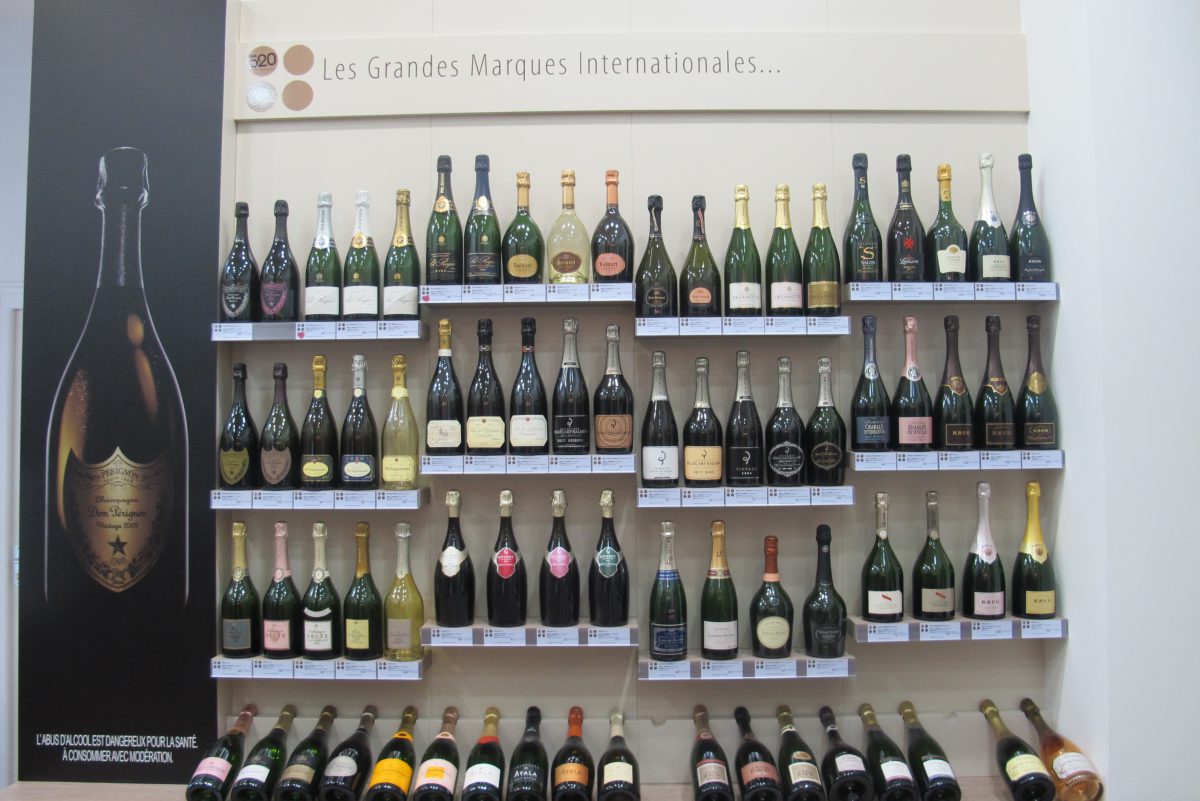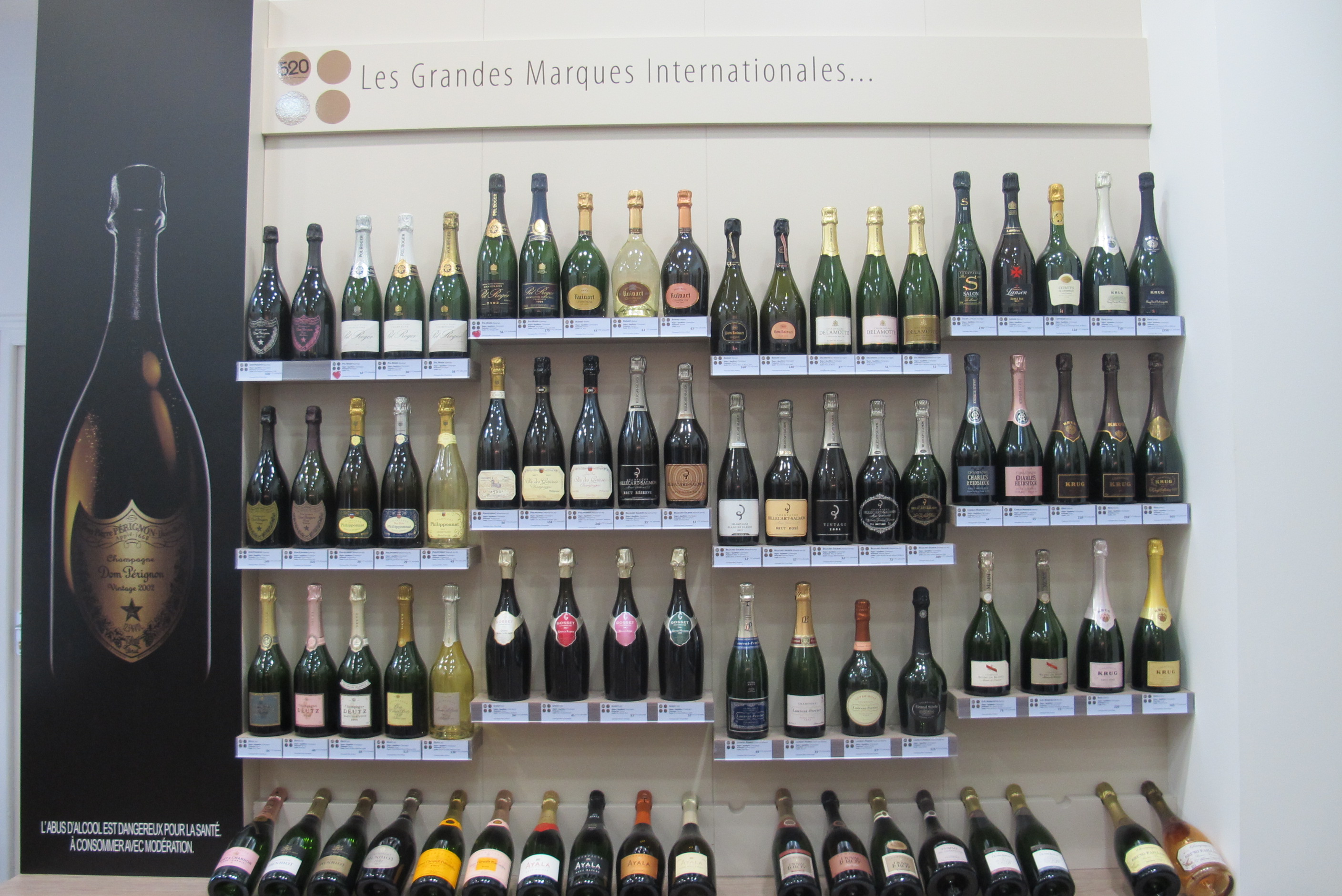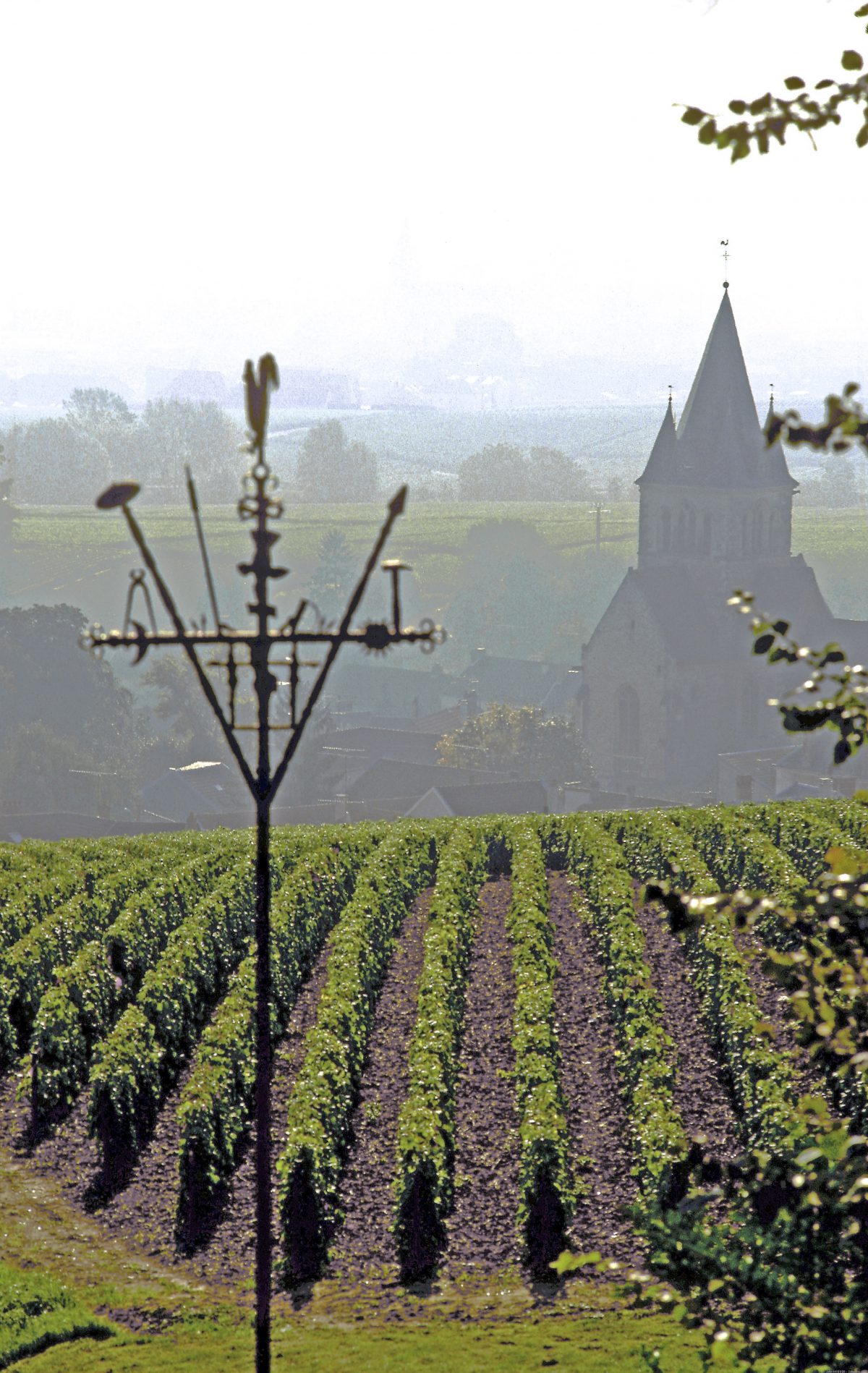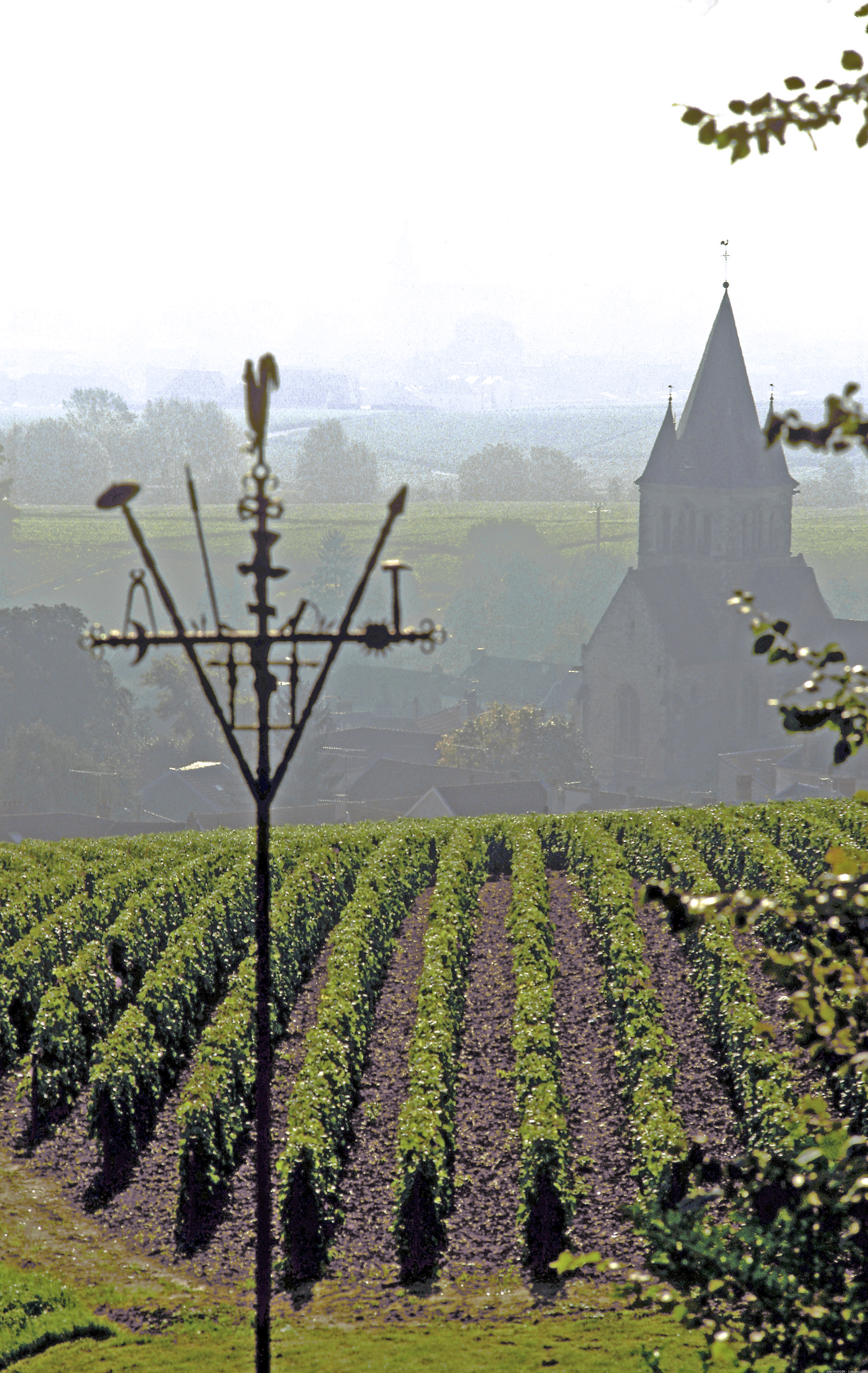2014 Champagne sales hit second highest total on record with
over 308m bottles of Champagne being sold. This represent a 1% rise in global Champagne sales from 2013.
The Comite Champagne, formerly the CIVC, also estimated that worldwide Champagne sales reached 4.5bn euros in value terms, up from 4.3bn euros in 2013 and the second highest annual total on record, behind 2007.
This suggests consumers have traded up to higher priced Champagne, despite fierce discounting. Exports drove the increases in volume and value in 2014.
Most champagne houses, growers and co-operatives lowered their dosages since the start of the century, with an average reduction of 2.8 g/l over the last 15 years, a measurable reflection of an increase in BNV quality resulting from harvesting riper, cleaner grapes, and producing richer, more complex blends.
Compiled here is a list of the top Five Champagne brands, by global sales, for 2014. Where are your favourite Champagnes ranked?
1. Moët & Chandon
Size (approx. annual sales, 2014): 2.45m cases
Cellar master: Benoît Gouez
It’s widely acknowledged that the quality of the world’s biggest Champagne brand – and flagship wine in the LVMH stable – has improved since Benoit Gouez became cellar master in 2005.
Within the last decade the category leader has benefitted from updated winemaking facilities, an increased proportion of reserve wine, better viticultural management and, as a result, riper fruit and richer, cleaner wines, which, in turn, have allowed for a lower dosage – Moët dropped to 9g/l in 2012, having previously hovered around 12 g/l.
During this period, they shifted its celebrity allegiance from actress Scarlett Johansson to tennis star Roger Federer – who remains the global Moët brand ambassador today.
In recent years the brand has not been tempted to release a drier variant of Moët and the house has no extra brut (6 g/l or below) or brut nature (0 g/l) Champagne, but, in the same year it discontinued its White Star, Moët introduced the Ice Impérial, which, with a 45 g/l dosage, is a much sweeter version designed for serving over ice.
Brand owner: Moët Hennessy
Head office: 20 Avenue de Champagne, 51200, Epernay, France
Website: www.moet.com
Product range: Moët & Chandon, Impérial NV, Rosé NV, Ice Impérial, Grand Vintage Blanc, Grand Vintage Rosé
2. Veuve Clicquot
Size (approx. annual sales, 2014): 1.55m cases
Cellar master: Dominique Demarville
Similar to Moët, Veuve Clicquot has seen its dosage fall by a few grams per litre over the last decade, but has retained its relatively opulent style, a function of the high Pinot Noir content in the blend, as well as high proportion of reserve wine, and more than 30 months spent ageing on its lees in the cellars.
It is the first brand to use biodegradable gift boxes made from its own grapes.
Brand owner: Moët Hennessy
Head office: 13 Rue Albert Thomas, 51100, Reims, France
Website: www.veuve-clicquot.com
Product range: Brut Yellow Label, Rosé, Demi-Sec, Vintage, Rosé Vintage, Cave Privée, La Grande Dame
3. Nicolas Feuillatte
Size (approx. annual sales, 2014): 875,000 cases
Cellar master: David Hénault
Director of winemaking: Guillaume Roffiaen
Made at, and owned by, the cooperative The Centre Vinicole Champagne Nicolas Feuillatte (CV-CNF), the brand has access to 2,250 hectares of grapes from 5,000 growers at a winery which can ferment as much as 300,000 hectolitres each year.
Founded in 1976 – the label has a strong following for its contemporary packaging, good value blends, and partnerships with the arts.
Nicolas Feuillatte’s best selling blend is its Brut NV, accounting for 80% of sales.
Brand owner: Centre Vinicole–Champagne Nicolas Feuillatte Head office: Chouilly, BP 210, 51206, Epernay Cedex, France
Website: www.nicolas-feuillatte.com
Product range: Brut NV, Brut Réserve, Brut Grande Réserve, Demi Sec, Rosé NV, D’Luscious Rosé NV, Brut Vintage, Brut Extrem’, Cuvée Spéciale Vintage, Brut Chardonnay Vintage, One Four Brut, One Four Rosé, Cuvée 225 Brut Vintage, Cuvée 225 Rosé Vintage, Grand Cru Chadonnay Vintage, Grand Cru Pinot Noir Vintage, Palmes d’Or Brut Vintage, Palmes d’Or Rosé Vintage
4. G.H Mumm Cordon
Size (approx. annual sales, 2014): 638,000 cases
Cellar master: Didier Mariotti
Famous for its red stripe and regular appearances on Formula 1 podiums, GH Mumm sits alongside Perrier-Jouët in the Pernod Ricard Champagne portfolio.
Niche, but excellent Champagnes in the range include the Mumm de Cramant blanc de blancs and Mumm de Verzenay blanc de noirs – the latter launched in 2012, initially just for the French market
Brand owner: Pernod Ricard
Head office: 29 rue de Champ des Mars, 51053 Reims, France
Website: www.ghmumm.com
Product range: Brut Cordon Rouge, Brut Rosé, Demi-Sec, Brut Millésimé, Mumm de Cramant Blanc de Blancs, Mumm de Verzenay Blanc de Noirs, Brut Séléction, Cuvée R. Lalou
5. Laurent-Perrier
Size (approx. annual sales, 2014): 545,000 cases
Cellar master: Michel Fauconnet
It is the largest family-owned house in France and currently headed by Alexandra and Stephanie, daughters of the legendary Bernard de Nonancourt
Brand owner: Group Laurent-Perrier
Head office: Domaine Laurent-Perrier, 51150, Tours-sur-Marne, France
Website: www.laurent-perrier.com
Product range: Brut NV, Rosé NV, Ultra-Brut, Demi-Sec, Brut Millésimé, Grand Siècle, Les Réserves Grand Siècle, Alexandra Rosé
Source: Drinks Business and Decanter








